Chess is a highly strategic and intellectual board game that challenges players to think critically, plan ahead, and outmaneuver their opponents. Played between two individuals, it is often called the “Game of Kings” and is recognized globally as a mind sport.
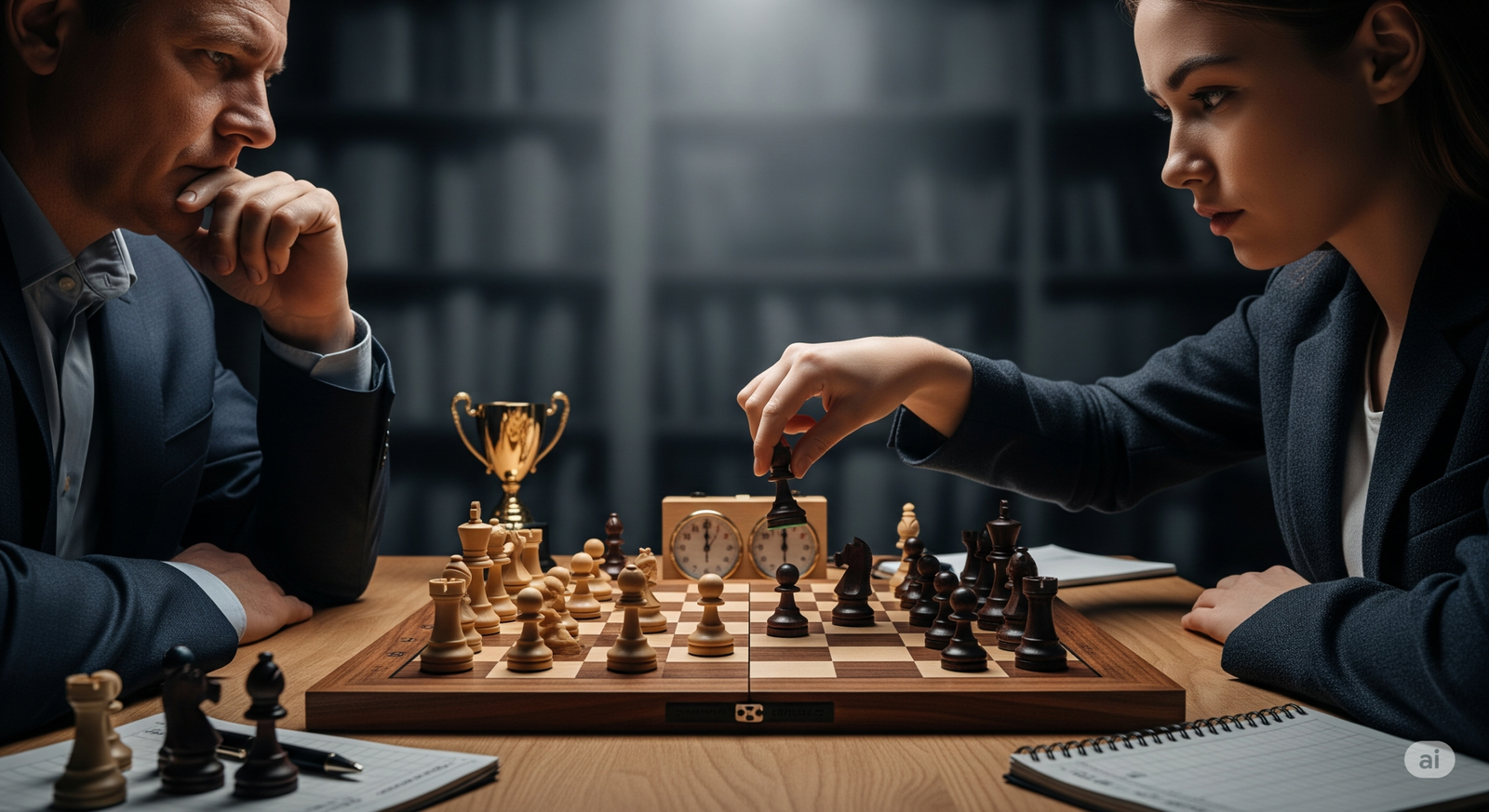
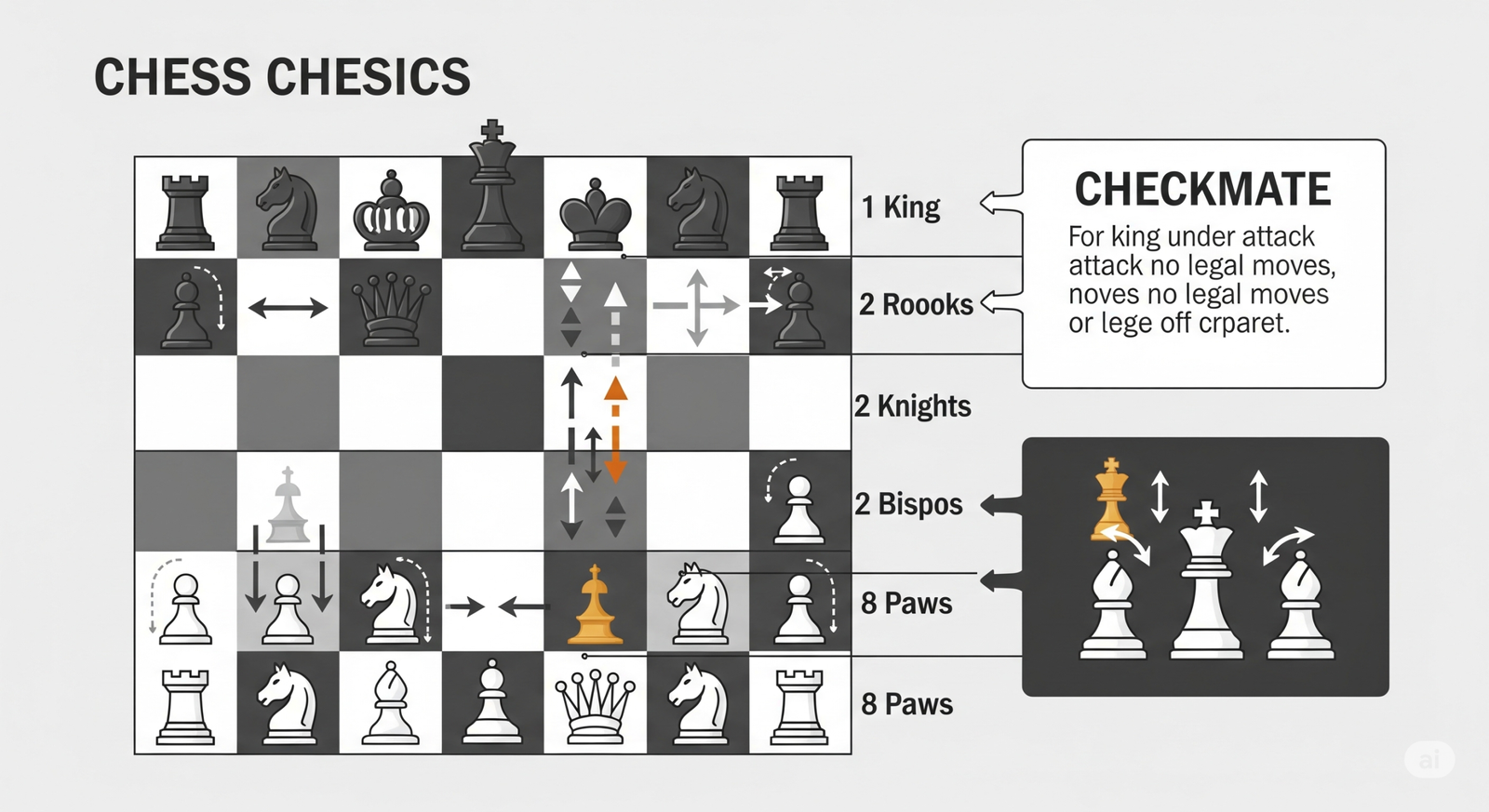
Basic Overview:
- Players: 2 (White and Black)
- Board: 8×8 grid with 64 squares
- Total Pieces Per Player: 16
- 1 King, 1 Queen, 2 Rooks, 2 Knights, 2 Bishops, 8 Pawns
- Objective: Checkmate the opponent’s king, meaning the king is under threat of capture and has no legal move to escape.
Core Concepts:
- Check: The king is under threat
- Checkmate: The king is under threat and cannot escape, game over
- Stalemate: The player has no legal move and the king is not in check, draw
- Castling: A special move involving the king and rook
- En Passant & Pawn Promotion: Advanced rules that add depth to strategy
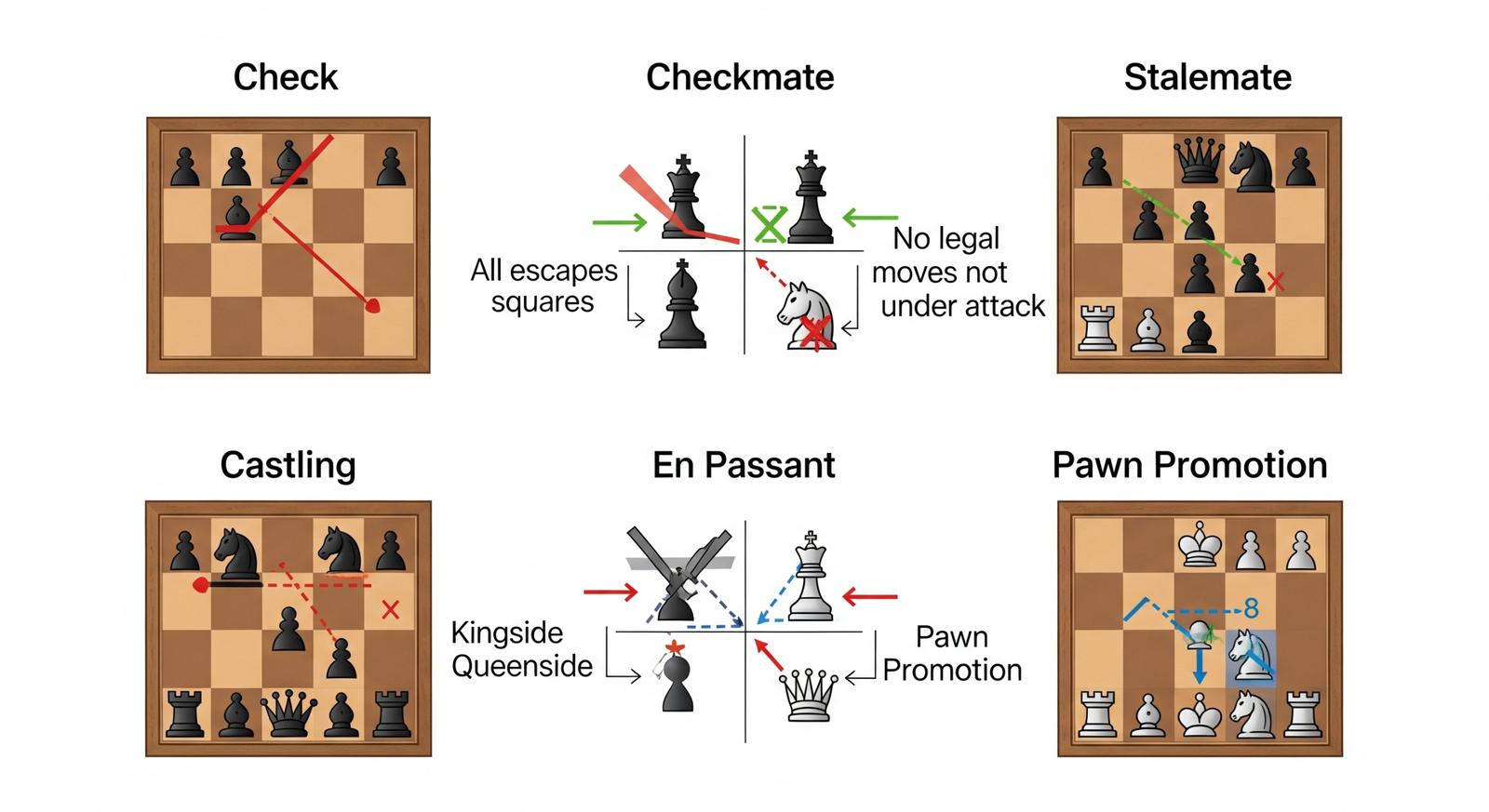
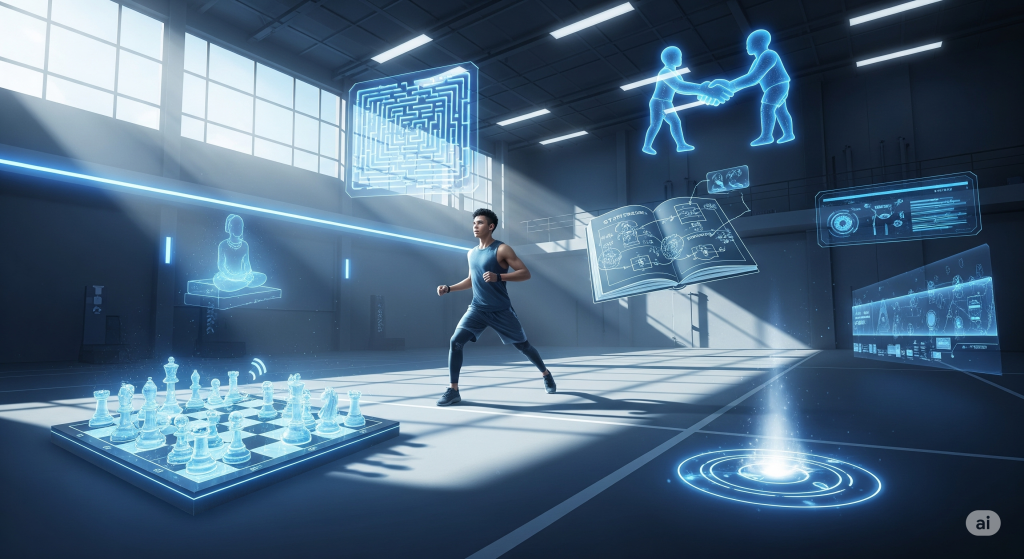
Skills Developed:
- Critical Thinking
- Problem-Solving
- Patience & Focus
- Planning & Foresight
- Sportsmanship
Chess Formats:
- Classical: Long time controls (30+ minutes)
- Rapid & Blitz: Fast-paced formats (10 minutes or less)
- Bullet: Ultra-fast games (under 3 minutes)
- Online Chess: Popular on platforms like Chess.com and Lichess
- Tournaments: Local to international level including FIDE, Olympiad, and World Championships
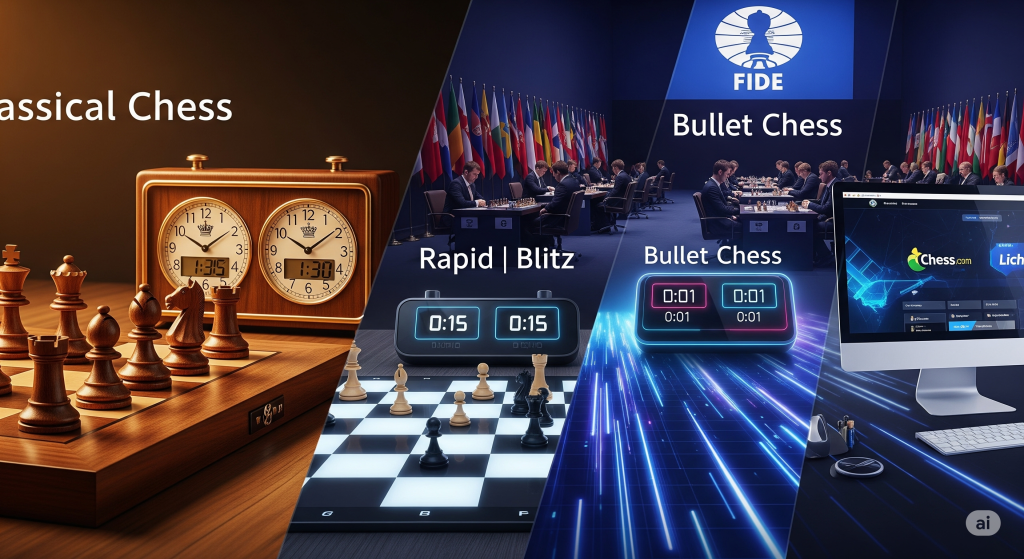

Famous Chess Players:
Famous Chess Players:
- Magnus Carlsen (Norway) – Reigning world champion and chess icon
- Viswanathan Anand (India) – Former world champion, India’s chess legend
- Hikaru Nakamura, Judit Polgár, Garry Kasparov – Notable names in global chess
Chess in Education:
Many schools and institutions encourage chess as part of co-curricular activities, as it:
- Improves concentration and memory
- Enhances analytical thinking
- Encourages healthy competition
- Promotes discipline and decision-making
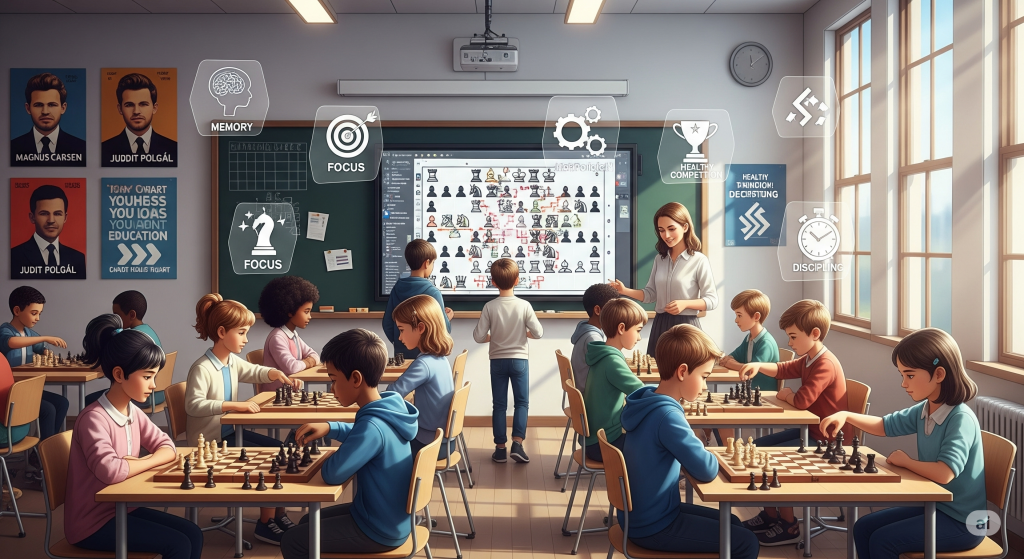
Chess is not just a game, it’s a battle of minds. Whether played casually or at a professional level, it cultivates intelligence, patience, and a love for lifelong learning.
